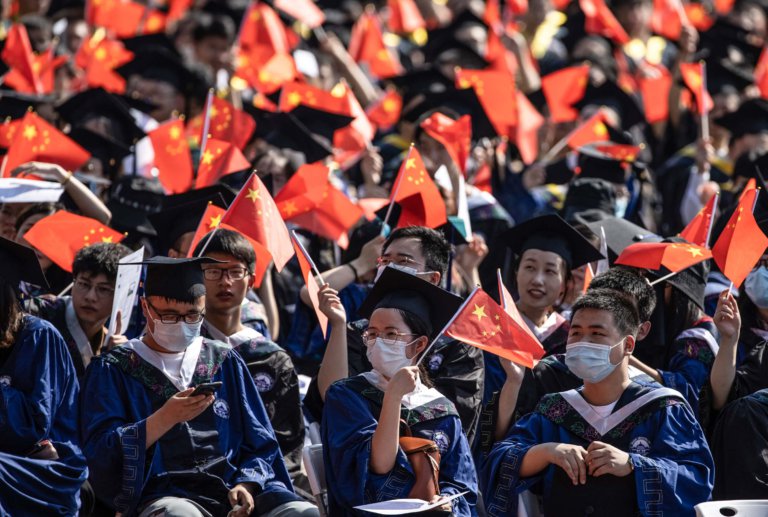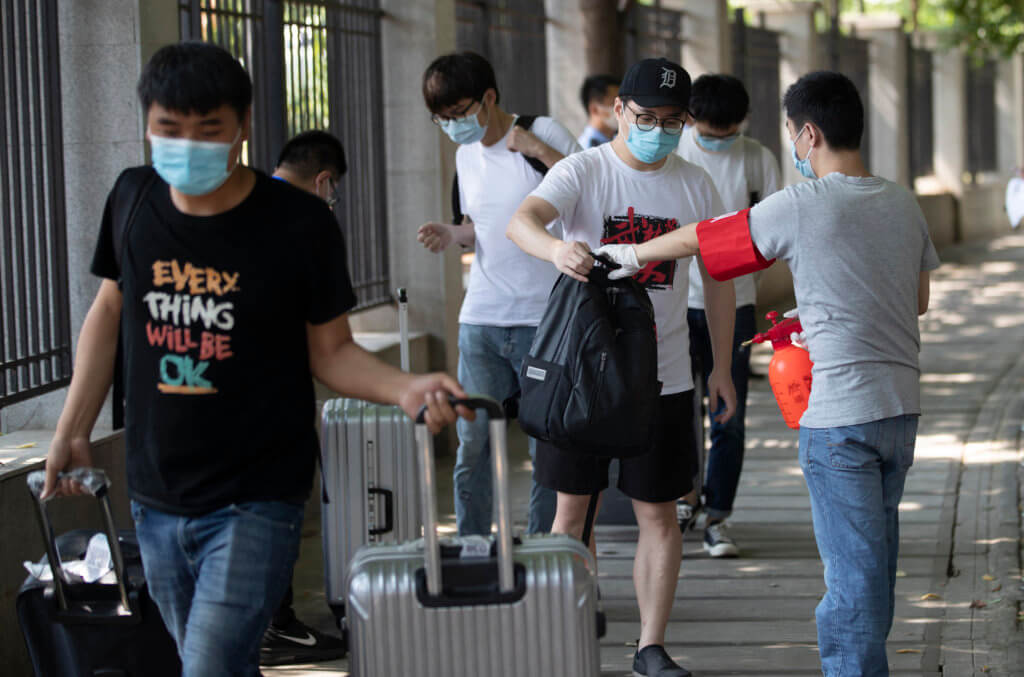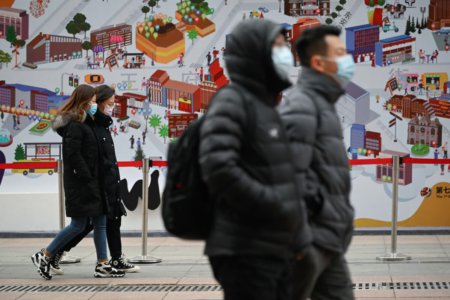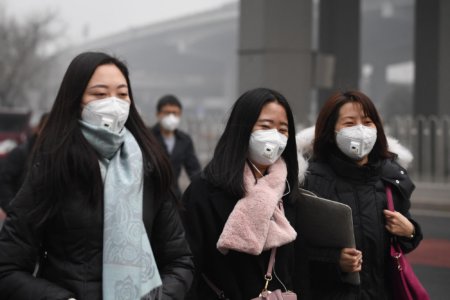
For the better part of two years, stranded international students have languished in the waiting game of guessing when China’s borders will reopen. Taxed, weary and dejected, many are resigned to bury their higher education dreams after prolonged displacement with no clear return timeline on the horizon.
China’s zero-tolerance approach to be COVID-free may need revision, however, considering the new Omicron variant’s high transmission rate. International students locked out of the country have decried China’s border policies as “nonsensical,” especially considering China’s high vaccination rate of roughly 99.1%.
A Bangladeshi’s study abroad in China dream turned nightmare 📆#takeusbacktochina #takeusbacktoschoolhttps://t.co/r5Pj8s73On pic.twitter.com/MogpqxsnZt
— Study International (@Study_INTNL) December 15, 2021
Tipped against losses in higher education and diminishing international reputation, we look into what’s at stake for China and the resounding impact its COVID-19 policies entail for international students going into 2022:
China’s border policies: International students speak out
Since shutting down its borders, China has halted issuing visas beginning March 2020 to international students, leaving many new and returning students stranded abroad. At the time of writing, only South Korean students have been granted visas for return, while students from other countries await the green light for re-entry.
So far, Beijing’s immovable measures paint a grim picture.
Irate foreign students have taken to campaigning on social media, with hashtags such as #LetUsBackToChina and #TakeUsBackToChina dominating the discourse in online discussions. China International Student Union (CISU) has over 7,000 loyal followers on Twitter, rife with anecdotes on students’ woes and the latest development of China’s border policies.
Others have taken to the streets, such as this group of Bangladeshi students who staged protests at Dhaka to hasten their return. As 2021 comes to a close, the collective outcry from students is still unheard, despite vague reassurances for imminent re-entry — and it’s a situation that isn’t changing anytime soon.
China’s border policies for COVID-19: What is at stake for the country?
While many have dismissed China’s no-holds-barred method to contain the virus, the approach works: China has reported less than 5,000 deaths since the pandemic started in Wuhan, a relatively safe figure when measured against its massive population size.
The country’s response is also driven by disparities in its healthcare system, where rural hospitals would not be fit to handle high-volume cases.
Public health isn’t the only issue at stake behind the government’s decisions. China’s souring relations with the West means that being an outlier in pandemic response is a move to assert geopolitical legitimacy, according to the New York Times.
We wish China allow students back to China before opening up for olympics as their education is far more important & it’s been 19 months outside their school already #TakeUsBackToChina
PAKISTAN Embassy in China
Chinese Embassy in Pakistan@ImranKhanPTI@XiJingpingReal@AmbNong pic.twitter.com/YdXhJrrS31— VoiceOfInt’lStudents VoIA (@TakeusbacktoCHI) November 16, 2021
It’s a view echoed by Chinese officials as well. “The zero-tolerance strategy is also part of the official narrative, to claim the success of the Chinese pandemic response model, the superiority of the Chinese political system,” Dr. Huang Yanzhong from the New-York based Council on Foreign Relations was quoted saying.
The extension of China’s border restrictions is also spurred by upcoming major events where all eyes would be on the country. The 2022 Beijing Winter Olympics is set to happen in February despite boycotts and travel risks. Next October is also the Communist Party’s Congress, a once-in-a-decade power transition where incumbent Xi Jinping is expected to continue his term.

Only South Korean students have been issued visas to return to Chinese campuses, while others still await the green light for re-entry. Source: AFP/China OUT
Zero-COVID measures unsustainable in the long run
Amid students’ despair over no-return, China’s academic landscape is also becoming a battleground for geopolitical rivalry. The country has been accused of waning standards on academic freedom and freedom of movement in recent years, according to The Times Higher Education.
It isn’t just foreign students that are speaking out. “We had a good thing going. The intellectual dynamism of the school was exceptional, and we were really producing a lot of fantastic work. But then people started to leave, and coupled with the aforementioned tightening of control, the place changed significantly,” an academic from the University of Nottingham Ningbo was reported saying.
https://t.co/gT6ExaqpSw
Experts worldwide are telling us that travel bans don’t work against COVID.— Students, workers, spouses stranded outside Japan (@StrandedOutJPN) December 27, 2021
So how will 2022 pan out for China’s higher education sector? Nearly half a million international students are still locked out, while many are forced into part-time jobs to support themselves, on top of dealing with poor internet from abroad that compromises their university experience. The problem is compounded for medical students, where the absence of clinical training means that their degrees won’t be recognised for professional practice.
Students are — still! — struggling with online classes. It’s now the end of 2021 — are universities doing anything about it? 😡 Learn more here:https://t.co/Xc15YkFdxU
— Study International (@Study_INTNL) December 21, 2021
Currently, China stands behind the US as the country with the second-largest international student population. Its efforts to globalise higher education through partnerships, overseas campuses and the “quantity-to-quality” focus outlined in the Education Modernisation 2035 plan are teetering on uneven ground.
As long as China continues to enact policies that contradict its desire for internationalisation, foreign academics and students will continue to suffer with no end in sight, which could lead to an educational exodus to more welcoming countries.










